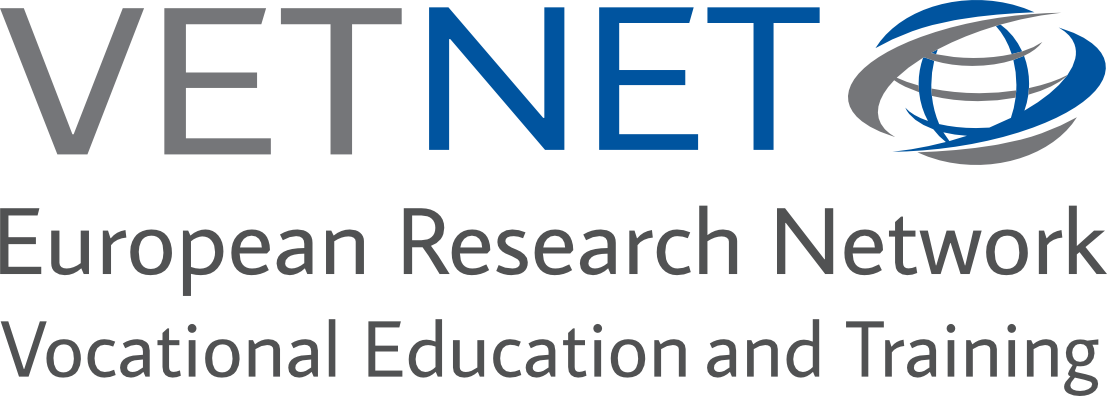Second Chance in Vocational Education and Training of Adults in Slovakia: Second or Wasted Chance?
DOI:
https://doi.org/10.13152/IJRVET.11.1.2Keywords:
VET, Vocational Education and Training, Vocational Education and Training of Adults, Low-Educated Adults, Second-Chance Education, Participation in VET of AdultsAbstract
Context: The paper focuses on an analysis of school-based vocational education and training (VET) of adults in Slovakia against the background of the concept of second-chance education (hereafter SCE). The concept of SCE involves different conditions of education to those that adults faced during their initial education and were unable to meet. Adults primarily study part-time, where they are offered a mirror image of a reduced full-time programme rather than an alternative space for obtaining a degree.
Approach: Several theoretical research methods were used in the paper. An analysis of available statistical data about adults in VET, secondary analysis of relevant literature, the authors' own findings from previous research, and a comparison of selected characteristics of VET of adults in Slovakia with the principles of second chance education allowed for the formulation of synthesised findings and recommendations on necessary changes in adult education in vocational education and training.
Findings: The absence of SCE principles in the vocational education and training of adults in Slovakia is one of the reasons for insufficient participation of low-educated adults. Neither schools, nor the state or municipalities, nor employment offices have created a mechanism for acquiring and keeping adults in education. VET of adults does not fulfil a social integration function because it is mostly used by adults who are upgrading or supplementing their existing qualifications. A significant manifestation of the lack of interest in improving the situation of the low-educated in VET is, among other things, the absence of training programmes that would prepare teachers for a non-mainstream educational process with non-mainstream pupils. The measures, which would be aimed at increasing the participation of the low-educated adults in secondary education are absent. This situation results, among other things, in persistent regional disparities in adult participation in education, which deepen the marginalisation of entire regions and their populations.
Conclusion: The VET of adults in Slovakia lacks the concept of second-chance education that would enable those who needed it the most to enter and obtain higher level of education. The implementation of the elements of the SCE concept in VET would allow for an increase in the participation and success of the most vulnerable groups of adults with the lowest education and socio-economic status.
Downloads
Online First / Final Publication Date
How to Cite
Issue
Section
URN
License
Copyright (c) 2024 Marek Lukáč, Silvia Lukáčová

This work is licensed under a Creative Commons Attribution-ShareAlike 4.0 International License.





